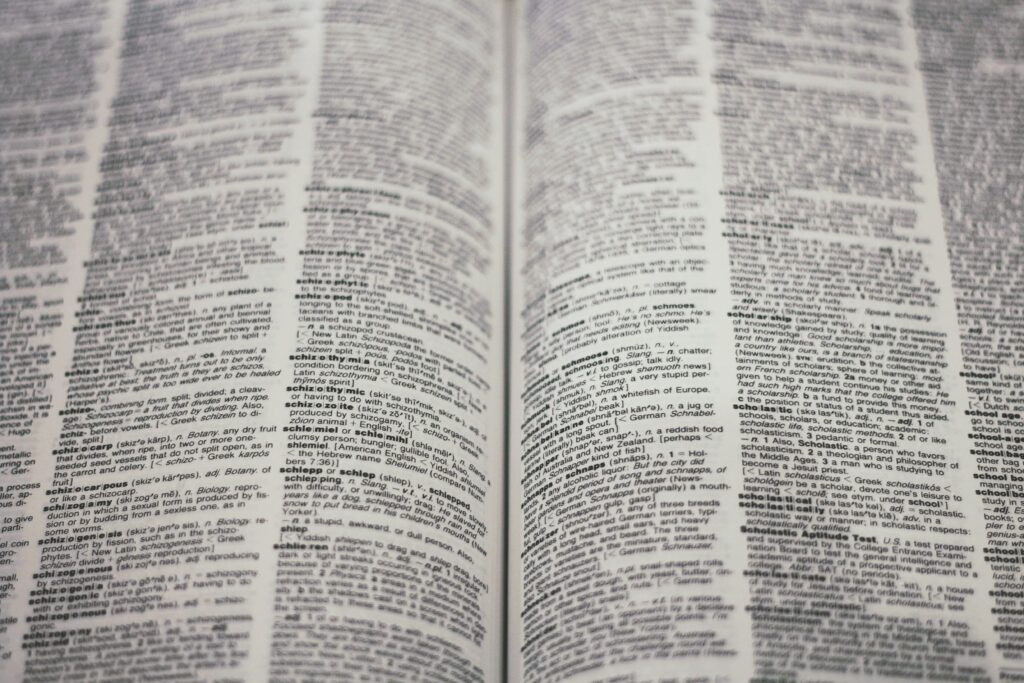Why Jyutping is the Preferred Pinyin System for Learning Cantonese?

Cantonese, especially Hong Kong Cantonese, is a unique language with a phonetic system significantly different from Mandarin. In the process of learning Cantonese, Cantonese pinyin systems (such as Jyutping or the Hong Kong Linguistic Society’s pinyin scheme) play a critical role. They provide learners with a method to convert spoken syllables into written text and help them understand and master the pronunciation rules of Cantonese.
However, the use of pinyin to learn Cantonese is not widespread in Hong Kong. If you’ve learned Mandarin, you would find that Mandarin has a widely accepted pinyin method. But for Cantonese, there is not such a universally recognized pinyin scheme. This is mainly because, even though the education system in Hong Kong primarily uses Cantonese as the language of instruction, it has not incorporated Cantonese pinyin into the formal language education curriculum. Therefore, many Hong Kongers may not be familiar with the Cantonese pinyin system. For instance, in my case, both in high school and elementary school textbooks, phonetic explanations for difficult characters are given by using homophonic characters, not by marking the pinyin. (Of course, due to the increase of pinyin input methods used by students in recent years, the new generation’s pinyin may have improved.)
For locals, learning the pronunciation of Cantonese is mostly memorization. But for non-native learners, Chinese characters without marked pronunciation are challenging to learn. Therefore, learning the pinyin method is still a very useful tool. You can also understand and master the phonetic system of Cantonese well, and it can help improve the accuracy and fluency of the language. Now there are more and more online resources and teaching tools to support the learning of Cantonese pinyin.
Common Cantonese pinyin schemes
Although Hong Kong people use pinyin less frequently as a method to learn pronunciation, there are several pinyin methods for Cantonese that have appeared at different times. You may see entirely different notation methods in different materials or books. The following are more famous Cantonese pinyin methods:
- Yale: Yale Romanization originated at Yale University in the United States, initially used to convert Cantonese and other Chinese dialects into Roman letter forms. This system aims to let people without a Chinese background accurately pronounce Cantonese, so it maintains consistency with English spelling rules as much as possible. It was first introduced in 1943.
- Guangzhou Romanization: This is a Cantonese pinyin scheme proposed by the Guangzhou Linguistic Society in the 1950s. This scheme is based on Latin letters and spells syllables according to the phonological features of Cantonese.
- Education Institute System: The Hong Kong Institute of Education’s pinyin scheme was developed by the Hong Kong Institute of Education (now the Education University of Hong Kong) in the mid-1990s for teaching purposes. This scheme is designed specifically for Hong Kong students to facilitate their learning and understanding of the phonetic structure of Cantonese.
- Jyutping: Jyutping is a Cantonese pinyin system proposed by the Linguistic Society of Hong Kong in 1993. This system uses Latin letters to represent Cantonese syllables and uses numbers to represent tones. Jyutping is widely used in academic research and is also adopted by many Cantonese teaching resources.
Top Jyutping Learning Resources for Cantonese Learners

For foreign learners, I recommend using Jyutping as the pinyin scheme for learning. It is a newer, more convenient for input, and has more learning resources available.

0 Comments